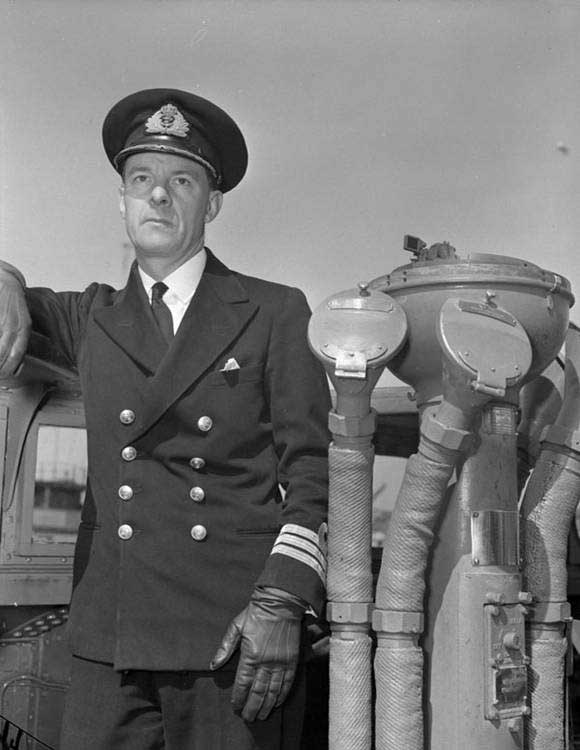About the Haida
| HMCS Haida. The last survivor of the twenty-seven Tribal class destroyers built for Britain, Australia, and Canada during World War II, Haida was commissioned into the Royal Canadian Navy (RCN) in August 1943 and put to sea under Commander Harry DeWolf. The ship served as an escort on Murmansk convoys, then made its reputation in the months before and after the D-Day invasion of June 6, 1944, working against German E-boats and destroyers in the English Channel and French coastal waters. Haida destroyed fourteen vessels, including two destroyers, a U-boat, a minesweeper, and other small craft, and took part in the rescue of survivors from HMCS Athabaskan, her sister ship, sunk on April 28, 1944. After World War II, the destroyer underwent conversion to an anti-submarine warfare destroyer, served two tours during the Korean War from 1952 to 1954, and remained in RCN service until 1963. The decommissioned Haida then went on display at the Toronto waterfront, where it was a main attraction of the Ontario Place amusement park until 2002. Purchased by Parks Canada and substantially restored to her appearance in the period from roughly 1949 to 1951, Haida now floats in Hamilton Harbour as a National Historic Site. |
|
|
Tribal Class Destroyers. The Royal Navy developed this destroyer type during the 1930s in response to the building of large "super" destroyers by other naval powers. These heavily-armed, fast, short-range ships were much larger than previous British destroyer types, including those used by the Royal Canadian Navy. Tribals in service with the RCN during World War II had an average displacement of 2,000 tonnes, carried six 4.7-inch guns in three double turrets as main armament, and were also equipped with two 4-inch anti-aircraft guns, four 2-pound pom poms, and six 20-millimetre guns, as well as four 21-inch torpedo tubes. They had a top speed of 36 knots and ordinarily carried 14 officers and 245 other ranks. |
HMCS Haida crest © Department of National Defence |
|
Harry George DeWolf (1903–2000). "Hard over Harry," as he was called by his sailors on HMCS Haida in World War II, was the most decorated Royal Canadian Navy officer of the war. DeWolf struggled against seasickness for his entire naval career. He saw extensive service in the North Atlantic until, in 1943, he took over Haida, a brand new Tribal class destroyer. His ship escorted Murmansk convoys but won its great reputation in the English Channel and off France in the months before and after D-Day, sinking fourteen enemy vessels and risking its own destruction by rescuing survivors from its sister ship, HMCS Athabaskan. Source: Granatstein, J.L., and Dean F. Oliver. 2010. The Oxford Companion to Canadian Military History. Don Mills, Ontario: Oxford University Press. |
Commanding Officer Harry G. DeWolf on the bridge of the HMCS Haida. Credit: PO Guy J.A. Goulet, 1944, Department of National Defence fonds, Library and Archives Canada, PA-134298 |
Theme by Danetsoft and Danang Probo Sayekti inspired by Maksimer


